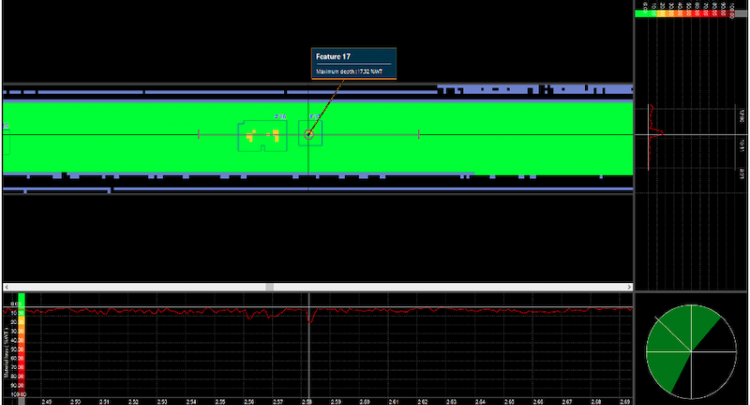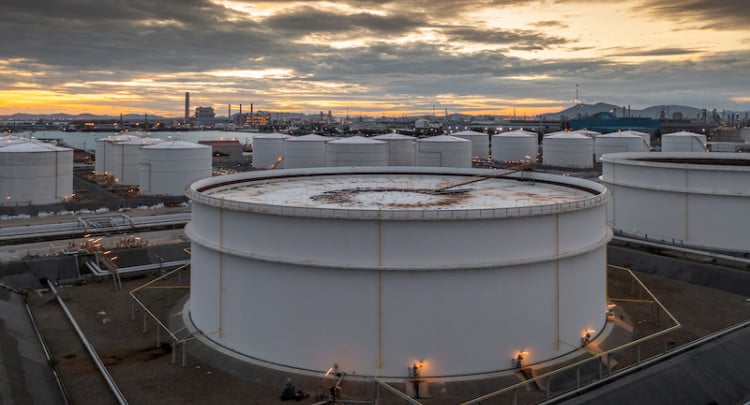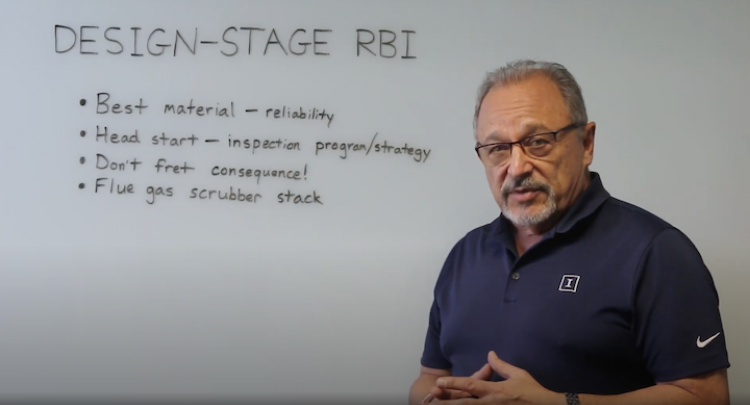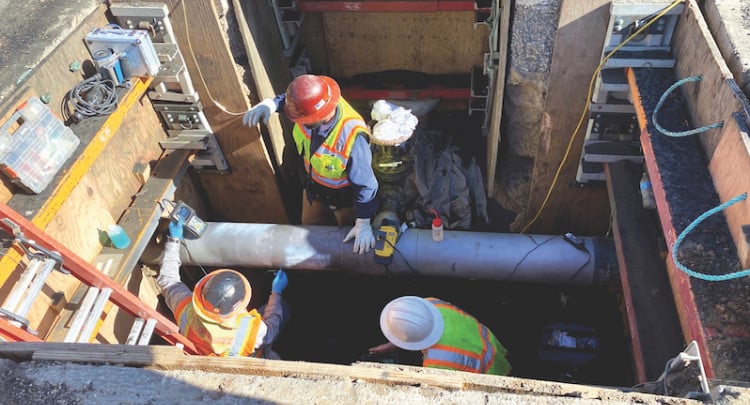Welcome to the home for mechanical integrity and reliability knowledge.
Inspectioneering delivers world class information by facilitating a network of subject matter experts who share our belief that operating equipment in a safe, reliable manner leads to more successful outcomes for everyone. Join us in our mission to educate, inspire, connect, and advance the global integrity and reliability community.
-
Visit the only online source specifically built for mechanical integrity product, service, and technology providers.
-
Manufacturer of aerogel blanket insulations delivering superior thermal performance, speed of application and resistance to heat, water and mechanical abuse. Our space saving products are used globally by leading companies to boost efficiency, CUI defense and passive fire protection in Refining, Petrochemical, LNG, Power, and Offshore applications.
-
Fixed Equipment Reliability is an inspection and NDE company providing world-class Inspection and Mechanical Integrity services to the petrochemical industry. FER was founded by a dedicated team of inspection professionals who specialize in the implementation and optimization of Risk Based Mechanical Integrity programs.
-
Ethos has assembled a team of experts who apply what they learned through years of process safety experience in the industry and dealing with OSHA and EPA. We have "been there, done that," and provide practical expertise that most other consulting firms cannot.
- View Company Directory
-
May 20, 2024 - May 24, 2024
St. Louis, Missouri, United States -
October 7, 2024 - October 10, 2024
Ft. Lauderdale, Florida, United States -
May 6, 2024 - May 8, 2024
Salt Lake City, Utah, United States -
June 26, 2024 - June 27, 2024
Galveston, Texas, United States -
November 18, 2024 - November 22, 2024
Dallas, Texas, United States - View All Events
- April 22, 2024
- April 18, 2024
- April 18, 2024
- April 17, 2024
- April 17, 2024
- April 11, 2024
- April 11, 2024
- April 11, 2024
- All News
Newest Corporate Members
We're honored to serve these organizations and their employees. Click below to see the full list of Corporate Members. If your company is included, register today for instant access.

































